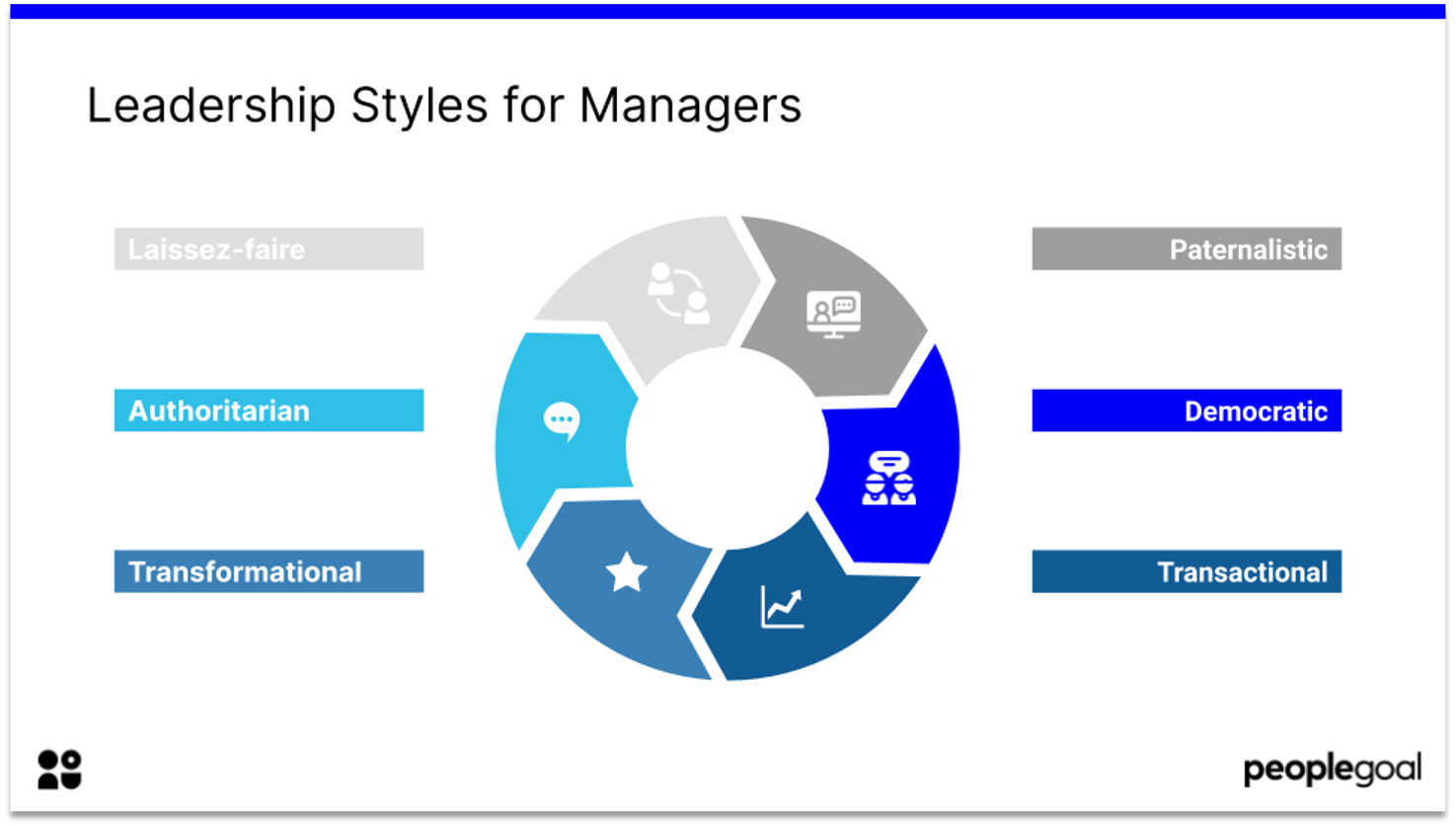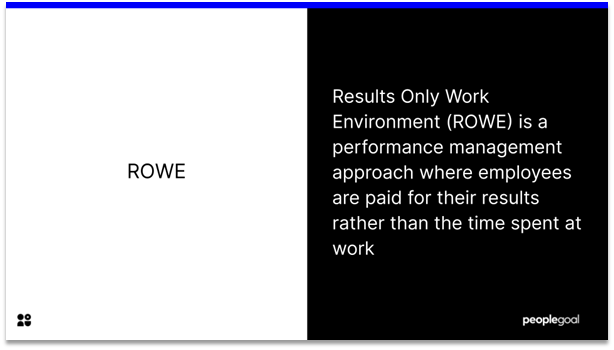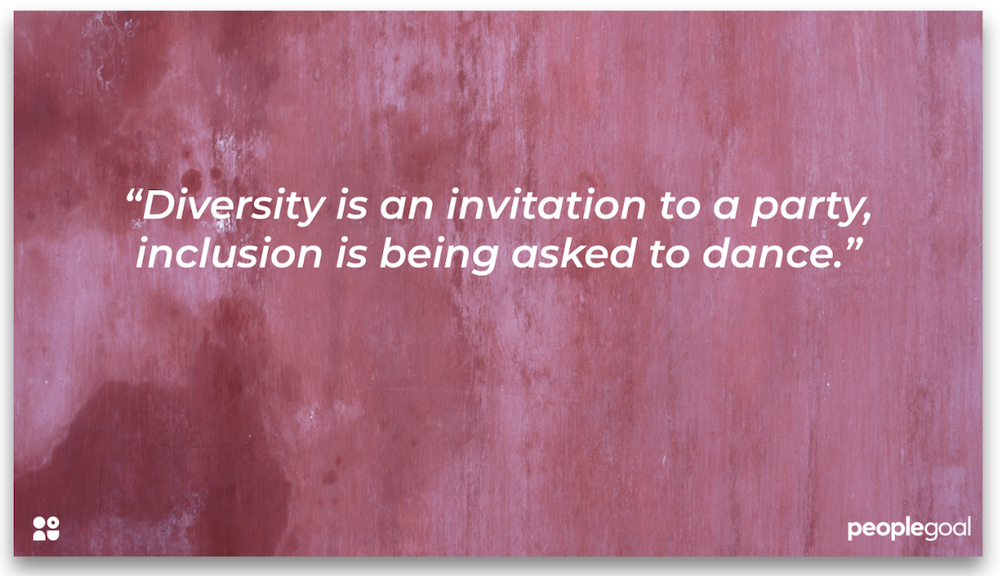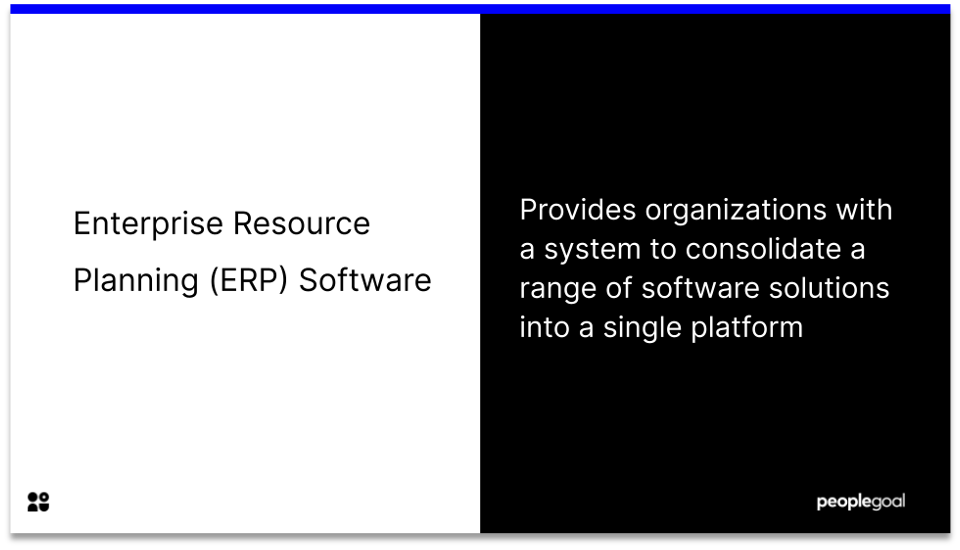As we emerge from a difficult year, many of us have mixed feelings about returning to the office. The office represents an end to the isolation of remote work. But some employees are unsure about losing the benefits of work-from-home. Can the hybrid workplace offer the best of both worlds?
Hybrid workplaces include a combination of remote and in-office workers. While they existed pre-pandemic, the coming year will see this previously niche workplace model rise to prominence.
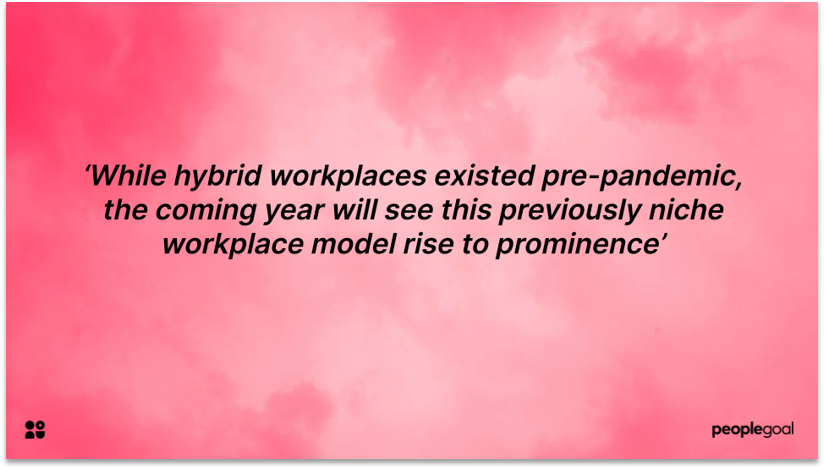
Companies have realized that employees can perform excellently while working from home. From an employee perspective, remote work offers flexibility to balance work with home life. Childcare responsibilities, relationships and even pets benefitted from the transition.
Work-from-home has changed the way people think about work and how they want to prioritize their time. In addition, many have concerns about their welfare amidst the pandemic. A recent PWC study highlights that over half (55%) of employees would like to work from home at least 3 days a week after the pandemic.
Interestingly, executives are less enthusiastic about long-term remote-work. The majority in PWC’s study think employees should be in the office at least 3 days per week for a strong company culture. A compromise is necessary so that organizations can find a solution that works for their people and business outcomes.
Hybrid workplaces are a way to approach this compromise. However, they are uncharted territory for most organizations. Below, we outline our tips for navigating this change.
Hybrid workplaces are uncharted territory for most organizations
1. Communicate hybrid workplace plans clearly to employees
Although the pandemic is showing green shoots of recovery, it remains a worrying time for many. Some have reservations about returning to the office. Many want a gradual return. It’s important that organizations prioritize the wellbeing of their employees as they make a hybrid workplace plan.
Invite input from employees on future plans. Executives were surprised by employees’ enthusiasm for remote work, so asking teams what they value now at work is more important than ever. Which work-from-home perks should stick around?
Transitions require clear leadership – as we saw during the 2020 move to remote work. The transition to a hybrid workplace requires clear communication to establish a positive new working environment.

2. Reconsider the role of the office
The office is no longer taken-for-granted. The pandemic highlighted its drawbacks – separation from family, a long commute and distracting work environments. It also made us nostalgic for its more positive aspects: social interaction, a feeling of community and opportunities to collaborate spontaneously with colleagues.
Rather than watching the clock tick by from your cubicle, the hybrid workplace is an inspiring place to be. In an interview with McKinsey & Company, partner Bryan Hancock says that the office is the ‘new off-site – the place you get together to collaborate and think forward’. If we aren’t trapped there for the whole week, the office provides refreshing change of scene where we share ideas with co-workers.
Get creative. It might be time to re-design your office. Fewer desks make room for more collaborative spaces. If employees plan to use the office for group meetings and for community-building, inspire socializing with comfy sofas and a revamped coffee-making area.
Rather than watching the clock tick by from your cubicle, the hybrid workplace makes work a more inspiring place to be
3. Stay connected to remote workers
Many found remote work makes work-life balance easier. For working parents, this is especially true. The move to remote work meant they were in the right space to support children or older relatives.
The remote workplace has strengthened inclusivity in some organizations. A hybrid workplace risks losing these inclusion gains. Hybrid workplaces can develop a divide between the ‘in-group’ at the office and those working at home. This may impact on career development options for those who cannot be in the office full-time.
Be mindful of how communication happens day to day. Connect up all in-person meetings with remote workers on video conferencing. Or, make transcripts of meetings available and open a Slack channel to share notes with remote employees.
We are in a unique position in 2021. Prior to the pandemic, office workers knew little about the ups and downs of remote work. Now, shared experience bridges the distance. Office workers can empathise with work-from-home challenges. They’ve developed communication hacks to overcome them.
With these new skills, a hybrid office can be a great place to work for remote and non-remote employees alike.
Read our Remote work Guide here💻

4. Pay attention to onboarding
Remote work was often hardest for new hires who had never met their co-workers in person. The onboarding process was challenging as managers could check-in with new joiners less frequently. Managers couldn’t depend on non-verbal cues to pick up on the mood of new joiners, whether it was stress, burnout or a lack of direction.
Those early on in their career are more likely to value training opportunities on-site than more experienced colleagues. According to PWC, 34% of early career employees would prefer to work remotely for no more than one day a week.
Create an onboarding program with a balance of virtual and on-site training. Managers can give more real time feedback in-person. New hires can more easily become part of the community.
For more on remote onboarding, read our blog post here
📖
5. Find out which performance indicators count
During the pandemic, attitudes to performance management shifted. It felt unfair to use traditional performance reviews when employees were facing such unprecedented challenges.
As we move towards a hybrid workplace however, measuring performance is all-important. Executives need to review the viability of the hybrid workplace long-term.
Finding the performance indicators that matter to your organization will be crucial. Keep tabs on how a hybrid model impacts on collaboration and working relationships.
For example, strengthening culture and teamworking are key reasons given for the return to the office. Measuring how performance in this area changes will provide valuable insights into how your hybrid workplace is faring.

6. Make time for one-on-ones
Managers need to make themselves available in a hybrid workplace. A virtual open door policy keeps remote employees in the loop. They can ask questions and receive updates on in-person meetings.
One-on-ones are crucial in a hybrid workplace. They clear up any communication gaps if employees are working from home for part of the week.
They are also a chance to keep up the progress on building an inclusive workplace – as all employees have an opportunity to discuss their career steps.
For tips on holding a helpful one-on-one meeting, read this blog 📘

7. Manage office space bookings
Some boring admin advice – stay organized with office space bookings! It might seem like a simple thing, but it goes a long way to ensuring the office space is well-used and available for all.
8. Invest in virtual collaboration tools
Collaboration technology is experiencing a boom at the moment and there are so many ways to communicate creatively with your team.
Virtual whiteboards are an interactive way to engage remote employees. Project management tools like Teamwork Project provide structure for complex projects when working remotely.
9. Keep up virtual team building activities
What were the most memorable aspects of remote work for you? For many of us, it’s the fun activities we never would have tried without work-from-home!
Remote team building activities still have their place. For office workers as well as remote workers, they fit in easily with everyday life. Whether it’s a virtual board game, or just a drink on Zoom, keep up the team building so that everyone can enjoy the fun.
Find virtual team building ideas here🎉

Finding your way in the Hybrid Workplace
For many of us, the hybrid workplace is an exciting opportunity to better integrate our work and home life. Remote work comes with benefits, but combined with some office time, we benefit from positive working relationships and inspiring teamwork.
PeopleGoal supports remote teams as they develop their skills. To find out more, visit our App Store.
Ready to 3x Your Teams' Performance?
Use the best performance management software to align goals, track progress, and boost employee engagement.

